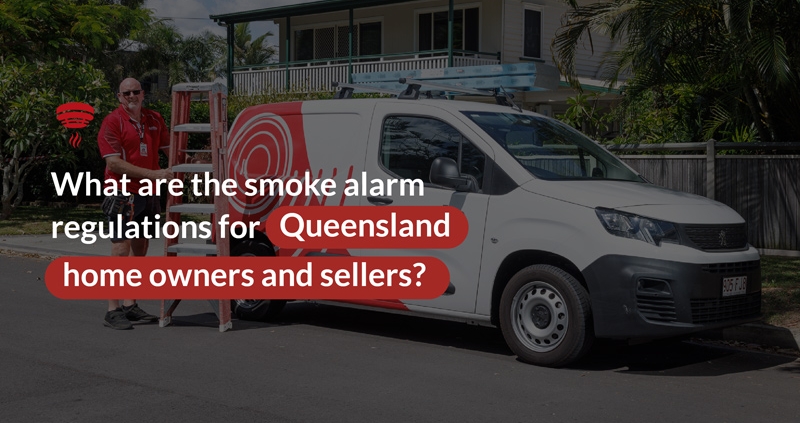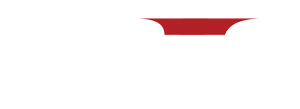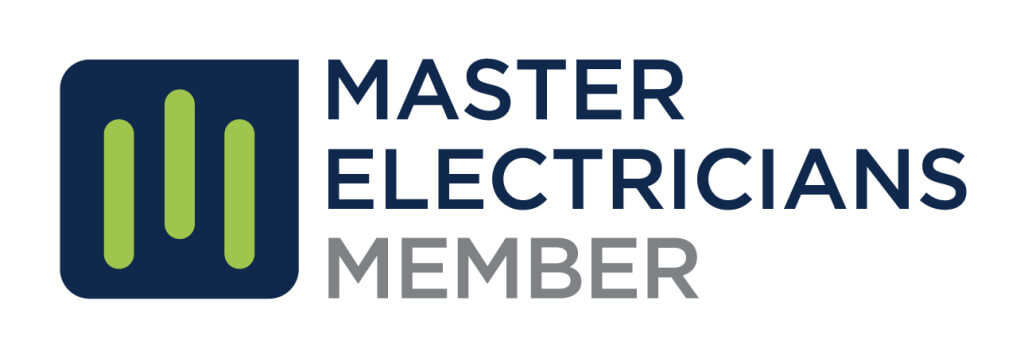What are the smoke alarm regulations for Queensland home owners and sellers?
We’ve all had the urge to rip that chirping smoke alarm off the roof when we’ve accidentally over-sizzled the dinner on the stove.
But it’s vital Queensland home owners, and especially home sellers, are on top of the current smoke alarm regulations for Queensland. The safety of your family, and probably your most valuable asset, depends on it.
“The legislation changed in the past few years, and has given homeowners a deadline to comply with the new laws. But if you’re selling or renovating your home, you need to be on top of it now,” says Smoke Alarm Testing Services National Operations Manager Amber Mckenzie.
Reminder: Bookmark this page now and we’ll keep it up to date with any changes that arise.
What are the smoke alarm regulations for Queensland?
There have been several changes to the smoke alarm legislation in Queensland that affects homeowners and home sellers.
Depending on whether you are an owner-occupier or you are looking to put your home on the market, different deadlines to comply with the regulations apply to you.
If you are a Queensland landlord or property manager, see our guide to smoke alarm regulation compliance for renting here.
From January 1, 2017
The smoke alarm legislation changed in Queensland from this date.
Smoke alarms made more than 10 years ago now need to be replaced with photoelectric smoke alarms that comply with Australian Standards (AS) 3786:2014.
Not sure if your smoke alarm is 10 years old? Most smoke alarms will have their manufacturer date stamped on the back.
If you test your smoke alarm and it doesn’t work, you need to replace that smoke alarm immediately.
Any existing hardwired smoke alarms that don’t work when tested need to be replaced with a hardwired photoelectric smoke alarm. Photoelectric smoke alarms detect visible particles of combustion, and are considered more effective at detecting the types of fires that occur in homes.
“Homeowners shouldn’t be without high quality photoelectric smoke alarms,” Mckenzie says.
“They are the most effective at detecting the types of fires that affect homes. And because they are linked together when one goes off, they all go off. They save lives, they save families and they stop tragedies.”
When is the deadline to comply for homeowners?
Queensland homeowners need to comply with the smoke alarm legislation by January 1, 2027. But if you are selling your home, you need to comply now. Property sellers need to lodge a Form 24 with the Queensland Land Registry Office stating the requirements of the smoke alarm legislation have been met.
By the deadline, all properties will need to have photoelectric smoke alarms that are interconnected, meaning that if one goes off they all go off. These must be either hardwired to the home’s power or be the non-removable, 10-year battery-powered type of smoke alarm.
According to the legislation, smoke alarms need to be installed:
- On every storey of your dwelling
- In every bedroom
- In hallways that connect bedrooms
- In hallways that connect other parts of the property
- If a level of your property doesn’t have bedrooms, at least one smoke alarm needs to be installed on the likely exit route of your property
Where should homeowners install smoke alarms?
If you’re installing interconnected hardwired smoke detectors, you’ll need to get an experienced technician or an electrician to do it for you.
“We provide a range of options for photoelectric smoke alarms, and can make sure the installation is quick and done correctly,” Mckenzie says.
“The last thing you want is an alarm in the wrong spot because apart from being against the law, they may also not work correctly. And that can spell disaster.”
Smoke alarms need to be placed on the ceiling. There are special requirements for stairs, sloped ceilings, and ceilings with beams.
Smoke alarms can’t be placed within:
- 300mm of a corner of a ceiling and a wall
- 300mm of a light fitting
- 400mm of an air-conditioning vent
- 400mm of the blades of a ceiling fan
Mckenzie says smoke alarms shouldn’t be installed in areas that trap hot air, or near windows, doors, fans or air conditioners, which can stop smoke from reaching the alarm.
“Places such as high up in cathedral-style ceilings, the corner of walls and ceilings, or between exposed floor joists can be a real problem,” he says.
“You should also avoid spots that may cause false or nuisance alarms. Areas in or near bathrooms and kitchens can cause false alarms with steam or cooking. And sometimes tenants tend to disconnect them if they cause too many false alarms, which is a big problem.”





